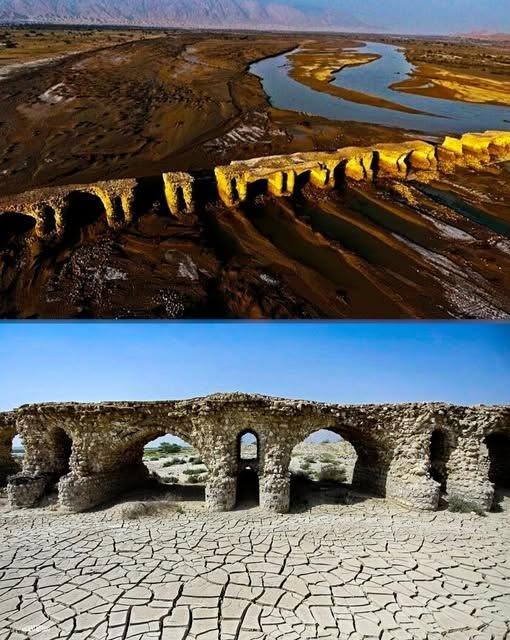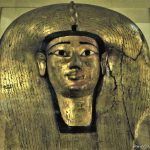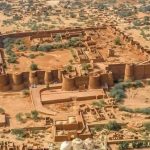The Silent Bridge of Bostanu

Situated on the arid plains of Hormozgan Province in southern Iran, the Bostanu Bridge—also known as the Ancient Stone Bridge of Kong—is thought to date back to the Sassanid era, around 1,500 years ago. Once serving as a crossing over seasonal floods or a tributary flowing toward the Persian Gulf, the bridge likely formed part of a key trade and travel route used by both local communities and long-distance caravans.

Constructed from irregular native stones and mortar, the bridge features a series of rounded and pointed arches, many of which have remarkably withstood the passage of time. Despite centuries of exposure to harsh elements like wind erosion, flash floods, and shifting waterways, parts of the structure remain standing—though now partially buried or cut off from any visible watercourse. Its surviving piers and arcades reflect a period when engineering blended function with aesthetic grace, harmonizing with the surrounding terrain.

Today, the bridge stands amid cracked earth and silence, seemingly connecting nothing—a silent relic of vanished rivers and forgotten paths. It resembles a fossil of movement, where the ambitions of a lost civilization still cling to weathered stone, defying time. Once built to unite, the bridge now stands isolated; yet in that solitude lies its haunting beauty—a quiet testament to endurance against the slow retreat of nature.











